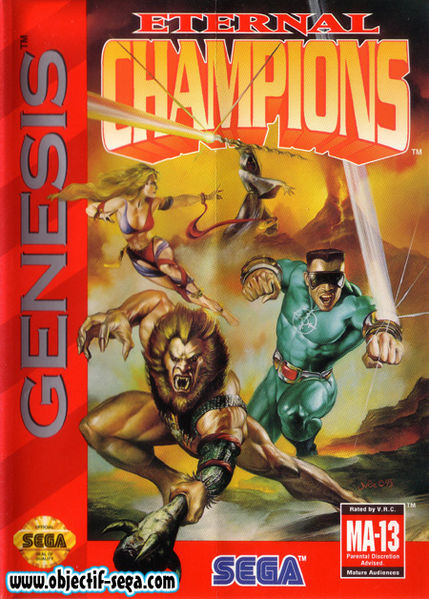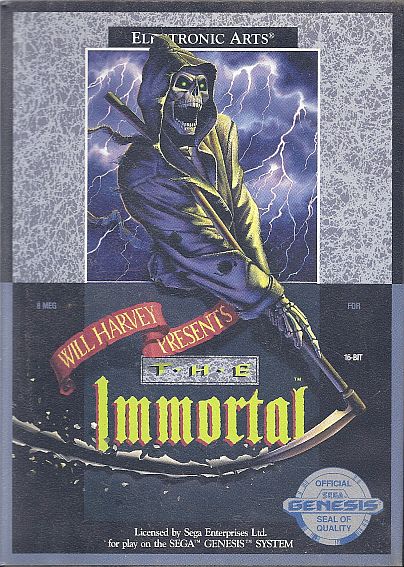[QUOTE="Jag85"]
Well, they didn't get everything right, since the Mega Drive did quite poorly in Japan (where it came third place behind the PC Engine). However, Sega rectified that with the Saturn, which became their most successful console in Japan and yet their biggest failure overseas. The Dreamcast was in a similar situation to the Mega Drive, selling well overseas but poorly in Japan. And finally, the Master System was a major success in Europe and South America, but sold poorly in Japan and North America.
The reason why the Mega Drive and Saturn were such polar opposites in success was most likely due to which titles were released for which markets. The Mega Drive's line-up in Japan was weak, yet its library overseas was very strong. On the other hand, the Saturn had a very strong library in Japan, yet most of those games never made it overseas. The Master System also had a very strong library in Europe and South America, but a weak line-up in Japan and North America.
Either way, the same could be said for Nintendo's consoles to an extent. The NES was the leader in Japan and North America but came second place in Europe, while the SNES was the leader in Japan but came second place overseas. As for the N64, that did well overseas but sold poorly in Japan.
Admiral-lemnant
SMS sold oer 10 million so I don't know about the SMS selling poorly. Heck, the 7800 was in the black and that sold 2x less. I think the lack of spending money on marketing hurt the master system it had really nothing to do with software, I mean look at the art design?
Did you actually read what I said? I clearly stated that the Sega Master System was a major success in Europe and South America (dominating over the NES in both regions), but sold poorly in Japan and North America. In total, the SMS sold at least 15 million units worldwide, including at least 7 million in Western Europe and 5 million in Brazil.
What really hurt the SMS in Japan and North America were Nintendo's exclusive third-party licenses. The SMS had a very large library of games released in Europe and South America, both first-party and third-party, but Sega were only able to release a fraction of those games in Japan and North America, largely because of Nintendo's third-party exclusivity deals in those regions.
Likewise, the Saturn also had a very large library of games available in Japan, especially when it came to the RPG genre, but only a fraction of them were released overseas. Not sure what role Sony's third-party licenses may have played, but I'd say Sega's failure to bring over many of its Japanese titles had more to do with Sega probably thinking RPG's wouldn't sell well in the Western world, until Sony proved them wrong by bringing over FFVII and a bunch of other RPG's after it.
History class aside... the Genesis is the only Sega Console to get it right. Just look at the sales figures and library, both are larger than any other Sega Console. For what ever reason be it games, pricing, timing, marketing...the Genesis put a hurting on Nintendo for a while.
Change_MyShorts
Yes, but my point is that the Mega Drive didn't get it quite right for the Japanese market (where it came third place behind the PC Engine), despite being Sega's best performing console worldwide. If it wasn't for its weak performance in Japan, the Mega Drive would have been the best-selling console of the 16-bit era, since it outsold the SNES in every other region (including North America, Europe, and South America).


 I would also have to politely decline Action-Adventures with these classics:
I would also have to politely decline Action-Adventures with these classics: 


Log in to comment